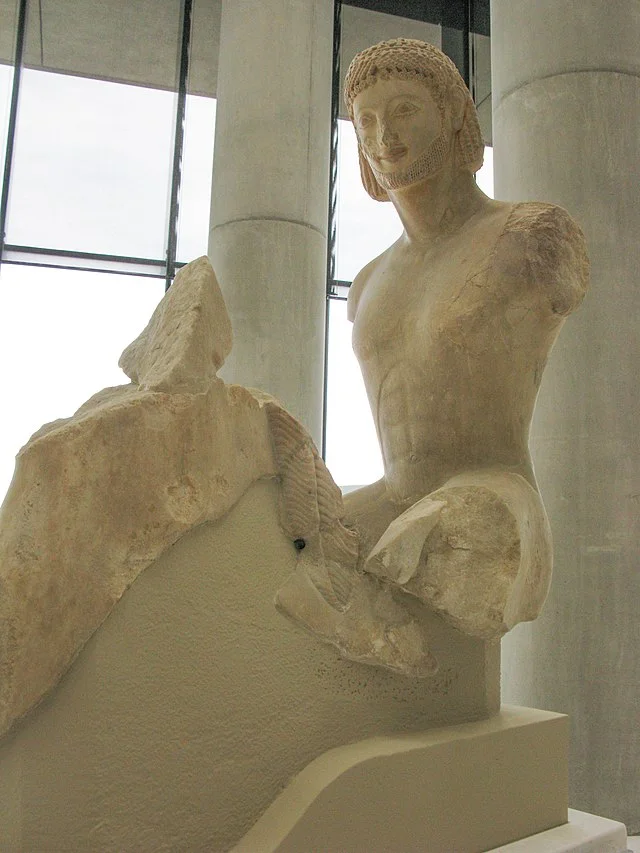The Rampin Rider is a notable example of ancient Greek sculpture from the Archaic period. This period, spanning from roughly 700 BC to 480 BC, marked a time of significant artistic development in Greece. The sculpture is believed to date to around 550 BC, placing it within the early stages of the Archaic period. It is an important artifact for understanding early Greek art and sculpture techniques.
Get your dose of History via Email
Discovery and Location
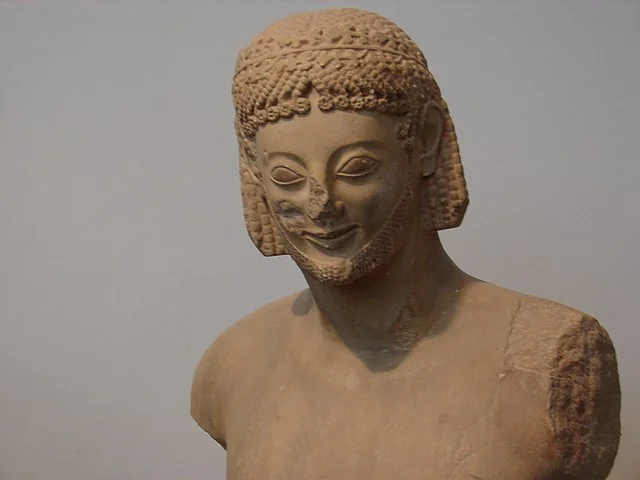
The Rampin Rider was discovered on the Acropolis of Athens in 1877. The statue was found in fragments, and its head and body were initially separated. The head is currently housed in the Louvre Museum in Paris, while the body remains in the Acropolis Museum in Athens. Scholars later matched these parts together, recognizing them as belonging to the same statue.
Description and Significance
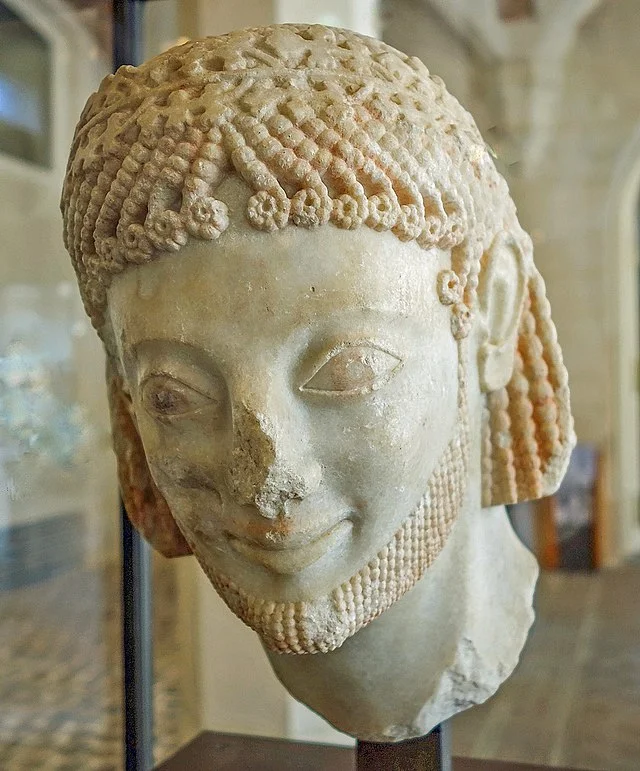
The Rampin Rider depicts a young man riding a horse. The figure’s pose and attire suggest he was part of a victory monument, likely representing a successful horseman or chariot racer. The statue features a characteristic “Archaic smile,” a typical expression used in Greek sculptures from this period. The figure’s detailed hair, well-proportioned body, and muscular definition highlight the increasing skill of Greek sculptors during the 6th century BC.
Artistic and Historical Context
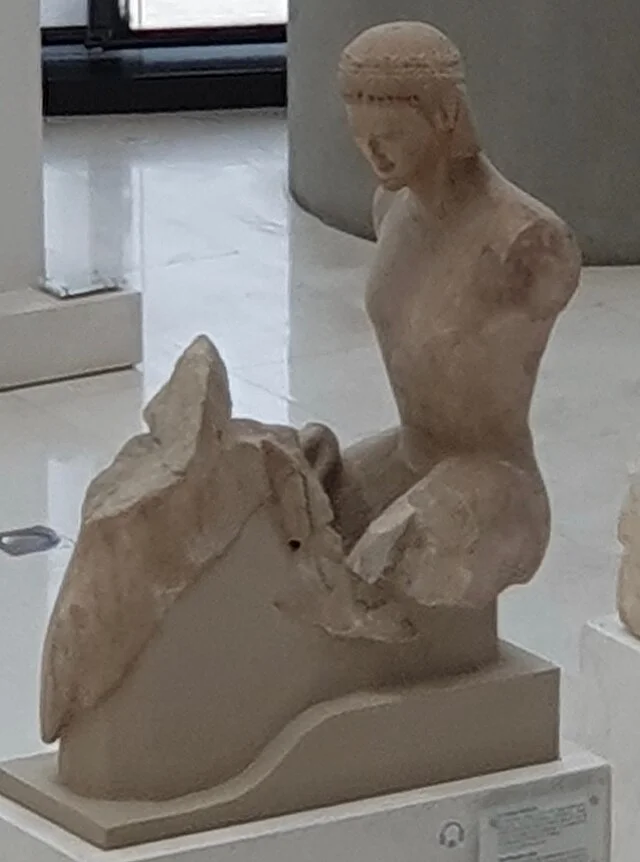
During the Archaic period, Greek sculpture was transitioning from rigid, Egyptian-inspired forms to more naturalistic representations. The Rampin Rider exemplifies this shift with its more relaxed stance and attention to anatomical details. However, certain elements, such as the stylized hair and the facial expression, retain the earlier Archaic style.
Greek art at this time was deeply connected to religious and civic life. Statues like the Rampin Rider were often placed in public spaces to commemorate victories in athletic competitions or military exploits. The work provides insight into the values of ancient Greek society, where physical prowess and victory in competition were highly esteemed.
Interpretation and Theories
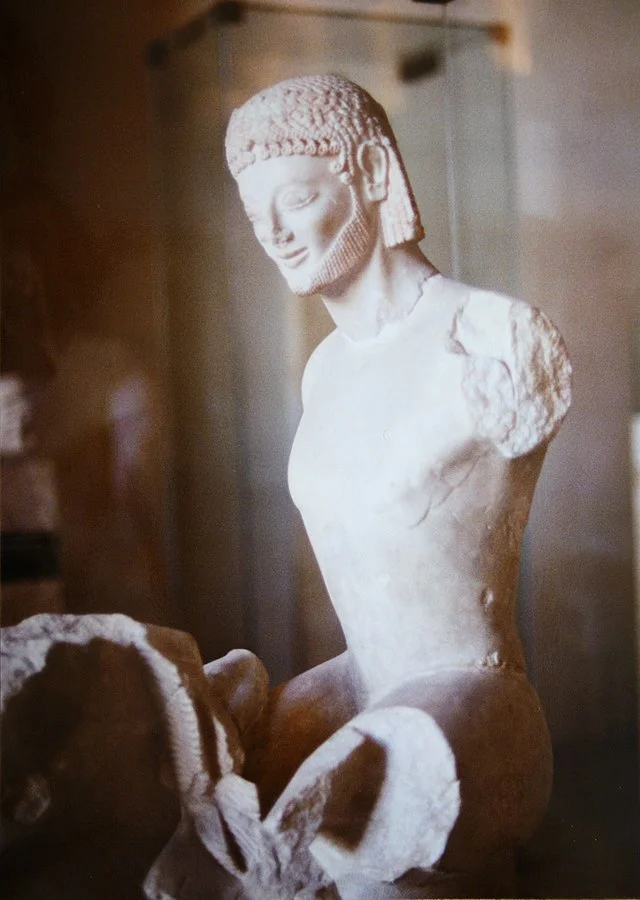
While scholars agree that the Rampin Rider likely represents a victorious athlete, the exact context of the statue remains debated. Some suggest it may have been part of a larger group of sculptures, possibly related to a specific event like the Panathenaic Games, a major athletic festival held in Athens. Others propose that the rider could have been a votive offering, dedicated to the gods in thanks for a victory.
Conclusion
The Rampin Rider is a crucial piece of ancient Greek art. It highlights the transition in Greek sculpture toward naturalism while preserving elements of the earlier Archaic style. The discovery and study of this statue provide valuable insights into the artistic, religious, and civic practices of ancient Greece. Despite its fragmented state, the Rampin Rider continues to captivate historians and archaeologists, offering a glimpse into the evolving world of Greek art during the 6th century BC.
Source:

